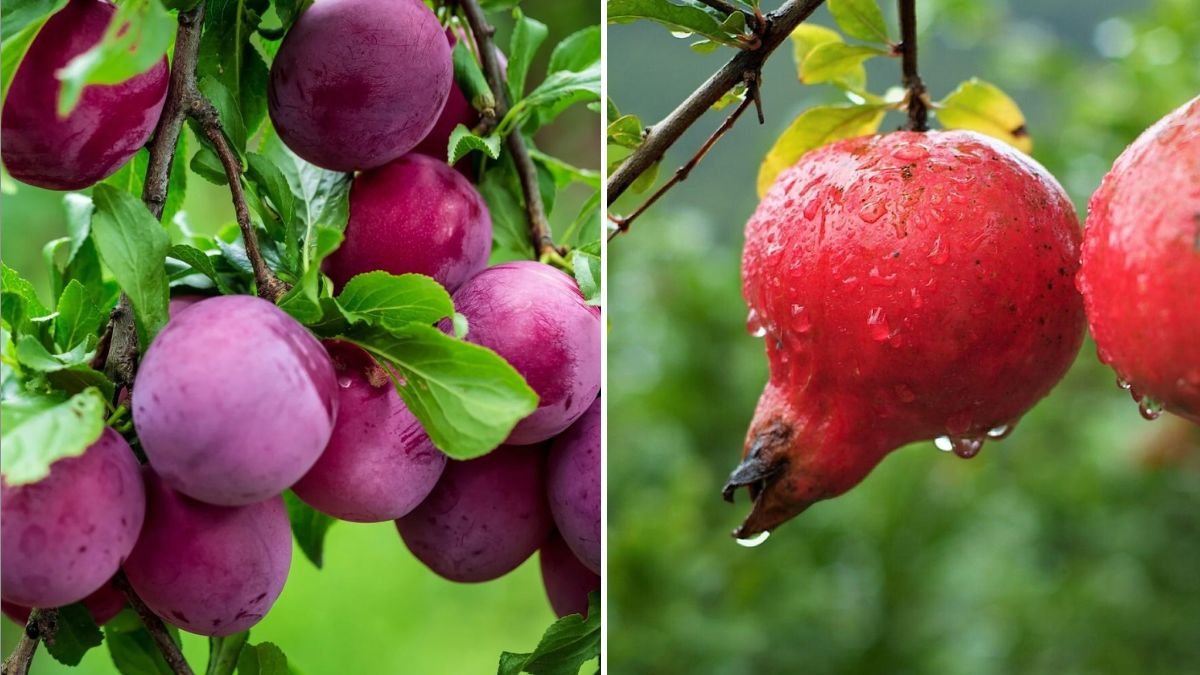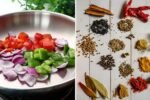Growing your own fruit at home isn’t just a dream for seasoned gardeners—it’s entirely possible for beginners too. Many fruit trees are surprisingly low-maintenance, adaptable, and productive even in small yards or containers. The secret lies in choosing the right types.
In this article, we’ll explore seven fruit trees that are remarkably easy to grow, along with detailed care tips, growing requirements, and harvest expectations. Whether you have a sprawling garden or a modest balcony, these trees can bring beauty, flavor, and satisfaction to your home.
1. Fig Tree (Ficus carica)
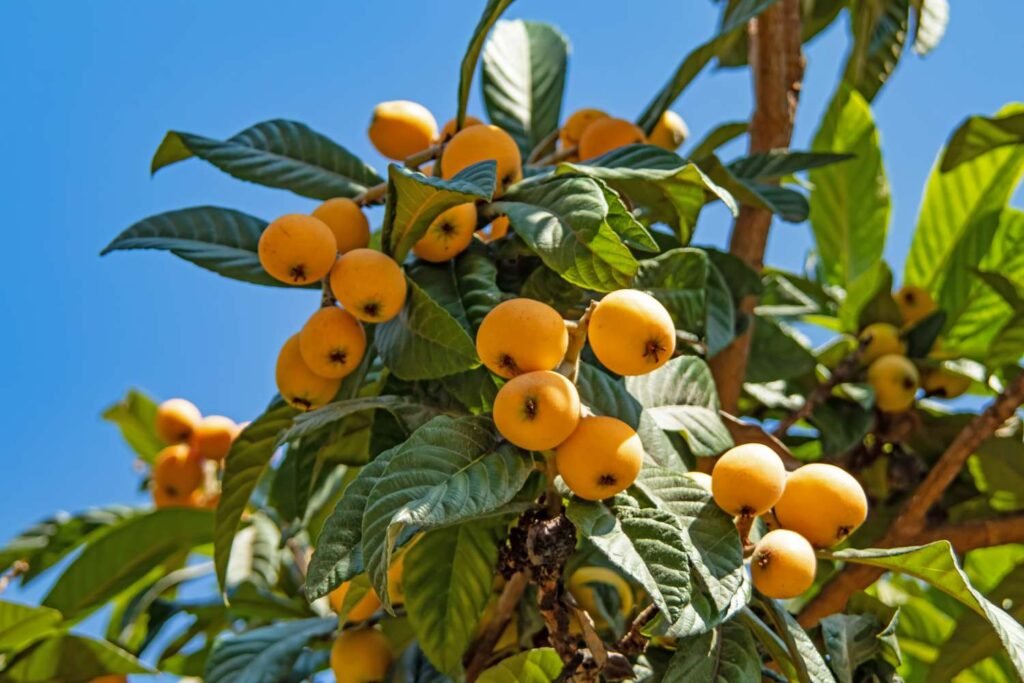
Why It’s Easy to Grow:
- Drought-tolerant once established
- Pest and disease-resistant
- Grows well in pots or the ground
Fig trees are among the easiest fruit trees to grow, especially in warm, temperate to subtropical climates. They are deciduous, meaning they lose their leaves in winter, but bounce back quickly in spring. Figs tolerate poor soil, require minimal pruning, and can survive dry spells once mature.
Growing Conditions:
- Sunlight: Full sun (6–8 hours daily)
- Soil: Well-drained, sandy or loamy
- Water: Moderate; less during dormancy
- Cold Hardiness: USDA zones 7–11
Time to Fruit:
Usually within 1–2 years of planting.
Popular Varieties:
‘Brown Turkey’, ‘Celeste’, ‘Chicago Hardy’
2. Apple Tree (Malus domestica) – Dwarf Varieties
Why It’s Easy to Grow:
- Available in compact, dwarf types
- High yields with minimal care
- Cold-hardy and adaptable
While traditional apple trees can be large and require pollinators, dwarf apple trees are great for beginners. They are easier to prune, harvest, and fit into small yards. Some are even self-pollinating, meaning you don’t need a second tree.
Growing Conditions:
- Sunlight: Full sun
- Soil: Loamy, well-drained, slightly acidic
- Water: Regular during dry spells
- Cold Hardiness: USDA zones 3–9
Time to Fruit:
2–4 years (quicker for dwarf types)
Popular Varieties:
‘Gala’, ‘Honeycrisp’, ‘Granny Smith’ (dwarf)
3. Lemon Tree (Citrus limon)
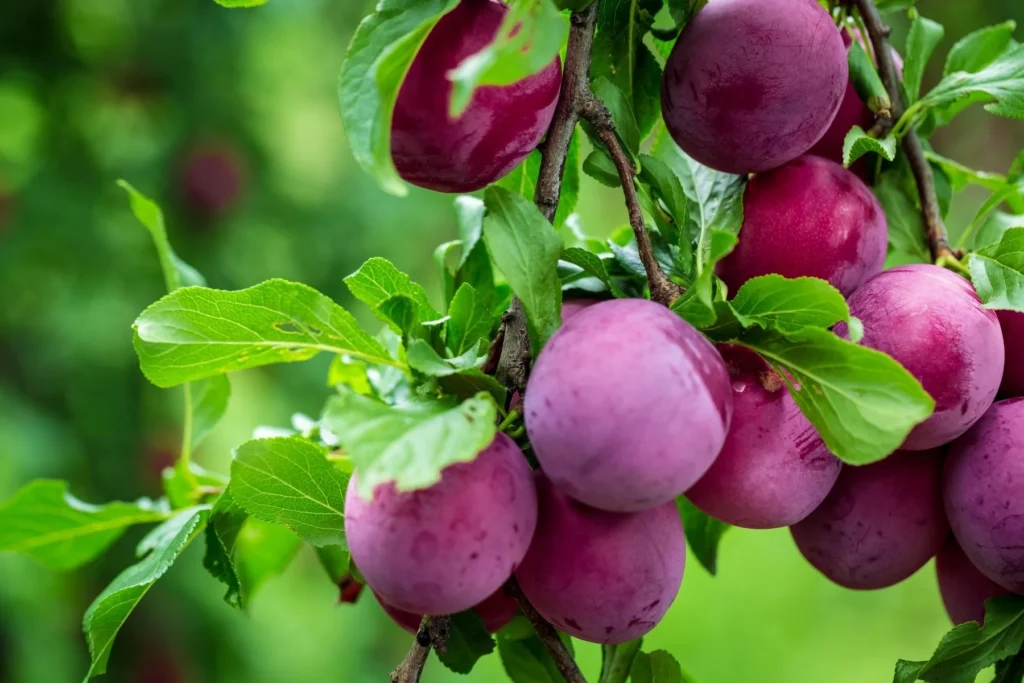
Why It’s Easy to Grow:
- Grows well in pots indoors or outdoors
- Nearly continuous fruiting in warm climates
- Beautiful, fragrant flowers
Lemon trees are ideal for container gardening and small spaces. In cooler climates, they can be grown indoors during winter. With their glossy green leaves, fragrant blooms, and bright yellow fruit, they’re both attractive and functional.
Growing Conditions:
- Sunlight: At least 6–8 hours of direct sunlight
- Soil: Slightly acidic, well-drained
- Water: Consistent, but avoid waterlogging
- Cold Hardiness: USDA zones 9–11 (or indoors)
Time to Fruit:
1–3 years, especially for grafted dwarf varieties
Popular Varieties:
‘Improved Meyer’, ‘Eureka’, ‘Lisbon’
4. Peach Tree (Prunus persica) – Dwarf Varieties
Why It’s Easy to Grow:
- Fast-growing and early fruiting
- Compact cultivars available
- Delicious homegrown fruit
Peaches are surprisingly easy to grow if you live in an area with cold winters and warm summers. Dwarf peach trees are especially well-suited for beginners due to their manageable size and quick fruiting.
Growing Conditions:
- Sunlight: Full sun
- Soil: Fertile, well-drained soil
- Water: Regular watering during dry periods
- Cold Hardiness: USDA zones 5–9
Time to Fruit:
2–3 years
Popular Varieties:
‘El Dorado’, ‘Reliance’, ‘Bonanza’ (dwarf)
5. Pomegranate Tree (Punica granatum)
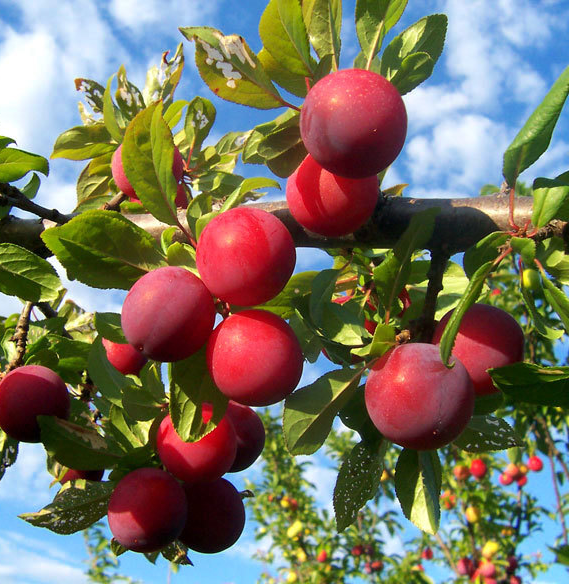
Why It’s Easy to Grow:
- Drought-tolerant
- Pest-resistant and long-living
- Thrives in heat and poor soils
Pomegranates are among the hardiest fruit trees for dry, hot climates. They can also be grown in large containers. The vibrant red flowers are ornamental, and the fruit is packed with nutrients and antioxidants.
Growing Conditions:
- Sunlight: Full sun
- Soil: Sandy or loamy, well-drained
- Water: Moderate; very drought-tolerant once mature
- Cold Hardiness: USDA zones 7–11
Time to Fruit:
2–3 years
Popular Varieties:
‘Wonderful’, ‘Parfianka’, ‘Angel Red’
6. Cherry Tree (Prunus avium / Prunus cerasus) – Bush and Dwarf Types
Why It’s Easy to Grow:
- Bush varieties are easier to manage
- Self-pollinating options available
- Beautiful spring blossoms
Cherry trees are often seen as high-maintenance, but bush and dwarf varieties have made them more accessible for home growers. Tart cherry types (like Montmorency) are particularly low-maintenance and disease-resistant.
Growing Conditions:
- Sunlight: Full sun
- Soil: Moist, well-drained, slightly acidic
- Water: Moderate
- Cold Hardiness: USDA zones 4–9
Time to Fruit:
3–4 years
Popular Varieties:
‘Stella’ (sweet, self-pollinating), ‘Montmorency’ (sour)
7. Mulberry Tree (Morus spp.)
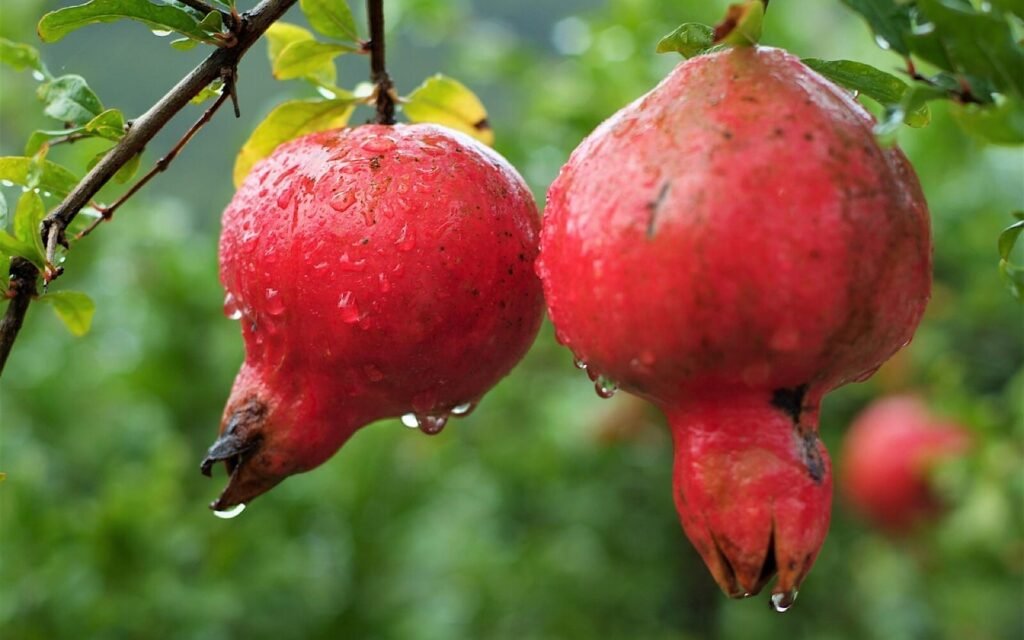
Why It’s Easy to Grow:
- Thrives in various soils
- Fast-growing and self-pollinating
- Attracts birds and pollinators
Mulberries are often overlooked but are one of the easiest fruit trees to grow. They are extremely tolerant of neglect, poor soils, and variable climates. The fruit is sweet and juicy, and the trees require little pruning.
Growing Conditions:
- Sunlight: Full sun
- Soil: Adaptable, but well-drained preferred
- Water: Tolerates drought once established
- Cold Hardiness: USDA zones 4–9
Time to Fruit:
1–2 years (some even fruit in the first year!)
Popular Varieties:
‘Illinois Everbearing’, ‘Dwarf Everbearing’, ‘Pakistan’
Bonus: Tips for Success with Any Fruit Tree
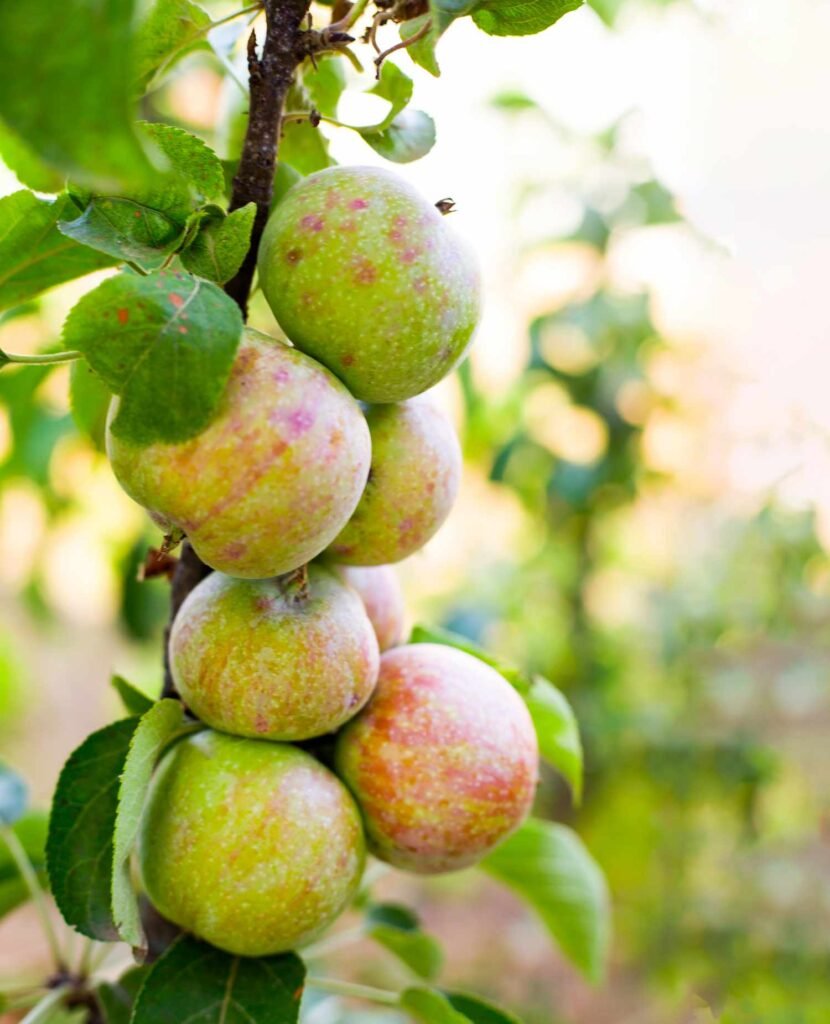
Regardless of the type of tree, certain practices will improve your chances of success:
- Choose the Right Location: Full sun, good air circulation, and well-drained soil are key for most fruit trees.
- Start with Grafted or Dwarf Varieties: These often bear fruit sooner and are easier to manage.
- Water Wisely: Deep, infrequent watering is better than daily shallow watering.
- Mulch and Fertilize: Mulching retains moisture and suppresses weeds, while balanced fertilizers support healthy growth.
- Prune Smartly: Learn basic pruning techniques to improve fruit quality and control size.
- Watch for Pests: Though these trees are generally low-maintenance, occasional inspection for pests or diseases is still essential.
Conclusion
You don’t need to be a master gardener to enjoy homegrown fruit. The seven trees listed above—fig, apple, lemon, peach, pomegranate, cherry, and mulberry—offer a rewarding experience with surprisingly little effort. Many can thrive in containers, tolerate diverse conditions, and produce fruit within a couple of years.
With the right variety and a little care, even a beginner can turn a backyard or balcony into a fruitful oasis. So if you’ve ever dreamed of picking fresh fruit just steps from your door, start with one of these easy-to-grow fruit trees—and enjoy the sweet rewards for years to come.
